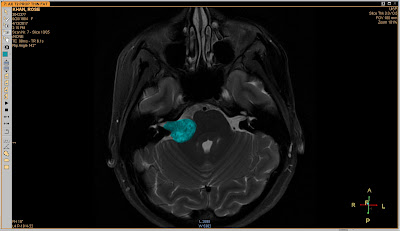Creature Feature: The Burch
They traveled across a small wooden bridge over a pristine pond. In
the water below, small brown hippopotamus turtles waded through the mud. Water
sloshed up onto their patterned shells.
“What are those?” Jessica asked.
“The burch,” Misa explained. “They’re a little tough but they
taste good in a sauce.”
Jessica couldn’t imagine killing one of the dog-sized beasts. They
seemed so happy in their watery little home. --Return to the Castle
Mud Loving Creatures
The water-dwelling burch are very common throughout the continent of Madierna. Most often they are found in muddy, swampy areas where they eat insects, small fish, and freshwater plankton.
 Burch species range from approximately eight inches to as much as three feet. They have leathery skin and unique shell patterns. These marsh-loving creatures have been described as being very similar to the tortoise, though they can move much quicker on land. Burch are monotremes and lay eggs buried deep into the mud. A typical clutch of burch eggs is about three to five, the young are quite rounded and endearing.
Burch species range from approximately eight inches to as much as three feet. They have leathery skin and unique shell patterns. These marsh-loving creatures have been described as being very similar to the tortoise, though they can move much quicker on land. Burch are monotremes and lay eggs buried deep into the mud. A typical clutch of burch eggs is about three to five, the young are quite rounded and endearing.There are many species of burch, usually distinguishable by the patterning on their shells. Most live in freshwater environments. There is only two species of sea burch, commonly found on the Galbrian coast. Burch can be easily farmed though they reproduce a in the wild. Burch have the ability to hold their breath for several hours at a time, making it possible for them to avoid land-dwelling predators. When threatened, a burch will dive to far depths. They are strong swimmers. If a burch is threatened on land, it will retreat into its shell.
Common Uses of the Burch
As Misa pointed out, burch are very tasty in stew. Their meat can be tough but when slow cooked can have a very pleasant rich taste. In some places, burch is considered to be a peasant fare as burch are easy to find in the wild and reproduce well in captivity. Many farms in Trabalis and the surrounding lands will have a pond on the property specifically for the purpose of raising burch. Certain organs of the burch are found to be particularly tasty, including the kidneys, and neck.
The shell of the burch is rich with minerals. When ground, it cam be taken as a vitamin supplement. People have also used burch shells in decorative and jewelry elements. A burch's diet influences the color, patterning and chemical composition of a its shell. Burch fed special diets can have shells with a shiny, reflective-like quality, particularly desirable in low-cost jewelry.
The Holy Circus
While most inhabitants of Centernia value the burch for their tastiness, there are some who recognize the intelligence of these water-dwelling creatures. The Holy Circus of the Auroriates will train burch and use them in their shows. When hand-reared, burch are very docile and respond well to commands. They can be used for simple tumbling tricks and are displayed in combination with clownish and humorous portions of an Auroriate show.
People commonly hold the belief that the Auroriates use some sort of holy influence in order to make the burch respond so well. Burch are perceived by most people to be unintelligent. In reality, it is just good training and experienced burch handlers that make for the success of circus burch. Burch are actually very intelligent animals with complex social patterns, however they are often very stubborn and unlikely to trust most people.
The Burch in Mythology
The most devote members of the Holy Circus restrain from consuming burch flesh entirely. There is a legend that the goddess Aurora was saved by the burch. Fallen into a grief-stricken state from the loss of her son Caprarius, the goddess lived forty days in a cave far on the edge of the world. She plunged into a pool of murky water to end her life, but was saved and gently lifted up by the shells of the burch. They proceeded to entertain and comfort her until she had the strength to leave the cave.
The religion of Kiuski and Kilati view the burch differently. In the myths, the burch are depicted as dirty, feral beasts. They deserve no place of honor and are considered the dinner of the peasants. As the religion of the moon predates the Auroriates, this view of the burch is commonly accepted.
With the rise of the Auroriate religions, society seems to be swinging in a more favorable view of the burch. Perhaps someday they will rise from being a tasty entree to a beloved creature.






Comments
Post a Comment